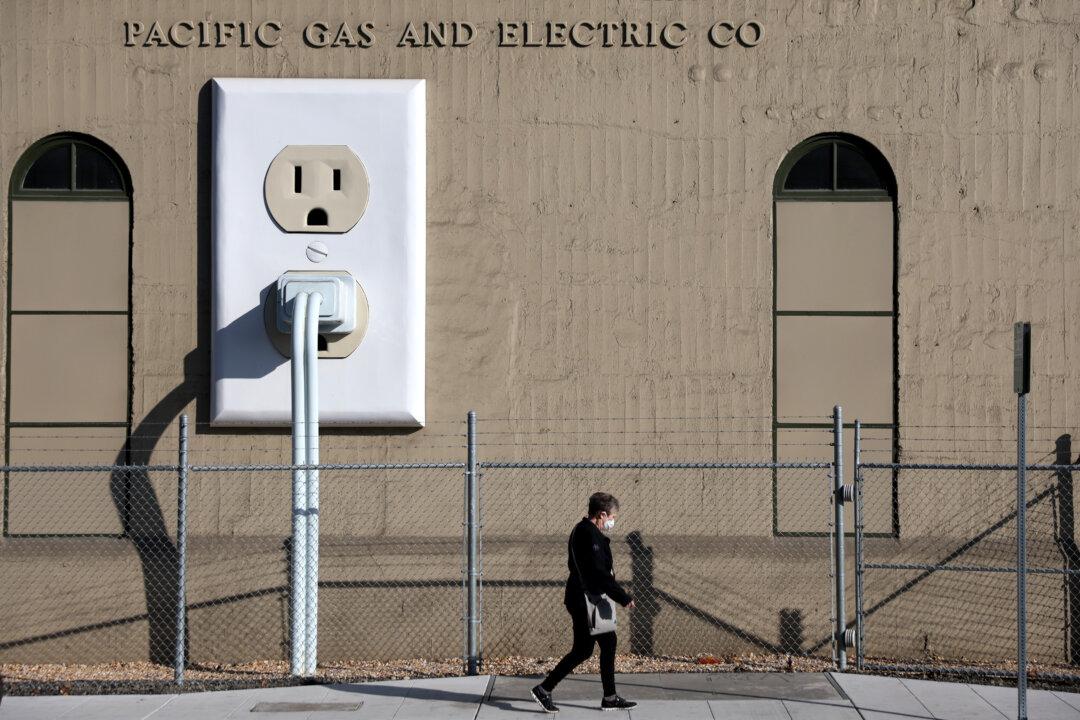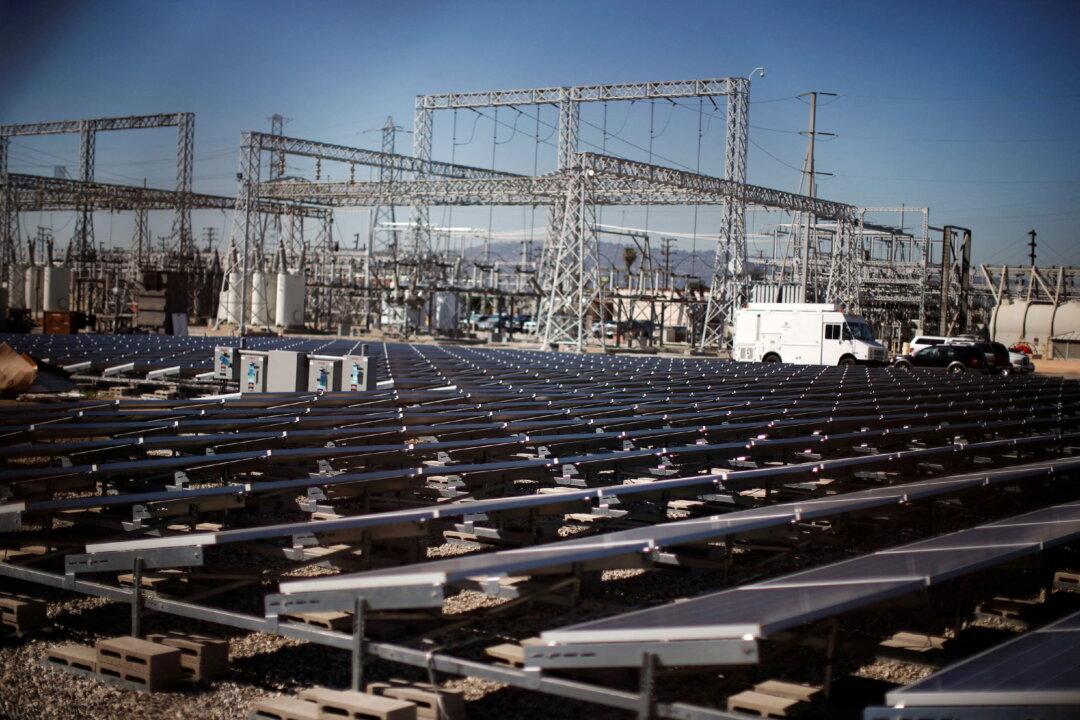Commentary
One of the themes in my Epoch Times articles is how “equity” can be a euphemism for socialism. Instead of production by individual effort and competition in the free marketplace, extreme equity means outcomes dictated by government bureaucrats. It’s a version of Soviet central planning, which actually did produce economic goods, but at an immense cost in waste and lost freedoms even after the mass purges ended.





